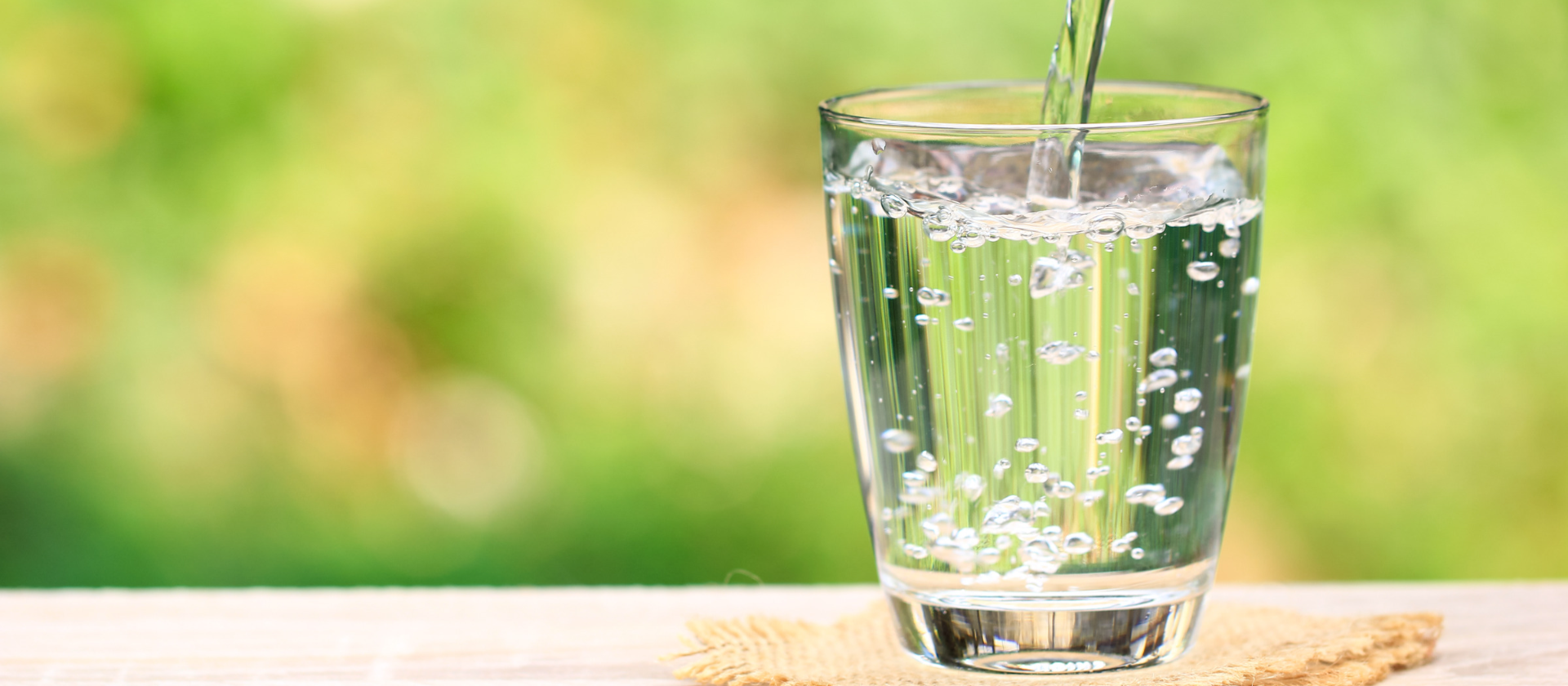What is Type 1 Water?
Scientific laboratories require specialized water to ensure the quality, purity, and reliability of its work. Different processes and applications require different types of water, determined by the American Society of Testing and Materials (ASTM International). In order to create the different types of water necessary for laboratory function, labs often must purchase different purification systems. This article discusses ASTM standards for water types. It also explains the parameters used to determine water type. Additionally, it provides specifications for lab equipment used to create water types.

ASTM Standards
Reagent water has quantitative specifications that describe it at different levels of purity. These specifications have been described by ASTM (American Society for Testing and Materials) D1193, ISO (International Organization for Standardization) 3696, and CLSI®-CLRW (Clinical and Laboratory Standards Institute-Clinical Laboratory Reagent Water). The most commonly used standards, ASTM D1193-6, are summarized in the tables below.
| ASTM Standards for Reagent Water | |||
| Measurement (Unit) | Type I | Type II | Type III |
|---|---|---|---|
| Resistivity (MΩ-cm) at 25° C | >18 | >1 | >4 |
| Total Organic Carbon (ppb) | <50 | <50 | <200 |
| Sodium (ppb) | <1 | <5 | <10 |
| Chloride (ppb) | <1 | <5 | <10 |
| Total Silica (ppb) | <3 | <3 | <500 |
The ASTM standards are further subdivided into A, B, and C. These standards can be used in conjunction with the Type of water.
| ASTM Standards for Reagent Water | |||
| Measurement (Unit) | A | B | C |
|---|---|---|---|
| Heterotrophic Bacteria Count (CFU/ml) | 10/1000 | 10/100 | 1000/10 |
| Endotoxin (units per ml) | 0.03 | 0.25 | n/a |
Parameters of Water Purity
Resistivity
The tendency of water without ions to resist conducting electricity.
The unit of measure is megohm-centimeter (MΩ-cm), often shortened to MΩ or "meg." It is generally used to express measurement for high-purity water. The theoretical maximum is 18.2 MΩ-cm at 25°C. The higher the ionic content - the lower the resistivity. The lower the ionic content - the higher the resistivity. High resistivity is good! In ultrapure water systems, this value is determined using an in-line meter. Conductivity and resistivity measurements are inversely related to each other.
Conductivity
The tendency of water that contains ions to conduct electricity.
The unit of measure is micro siemens/centimeter (µS/cm) or microhm/cm. The measurement is used to measure feed water or lower-quality treated water. The more ions present in the water - the higher the conductivity. This is measured by a conductivity meter.
Total Organic Carbon TOC
A measure of the organic contaminants found in water.
The measurement expression is parts per million (ppm) or parts per billion (ppb). Feed water can be in the 2-5 ppm range, and the best high-purity water should be in the 1-5 ppb range. Measurement of TOC is done using an in-line system.
Conductivity and Resistivity
Electrical conductance or resistance is measured by two in-line electrodes. Electrical current moves through water using ionic molecules as stepping stones. The fewer stepping stones - the more difficult the passage of electricity. This causes less electrical conductance and more electrical resistance. The temperature of water also affects the conductivity/resistivity, so readings are usually normalized to 25°C via temperature compensation.
We use resistivity to measure ion concentration in pure water. We understand water and the process of making Type 1 water, which is desired by our customers. This requires the use of various technologies.
Total Organic Carbon (TOC) Analyzer
Thermo Scientific’s patented TOC analyzer monitors TOC and resistivity, so you can be sure that the product water exceeds the most stringent requirements of analytical or biological applications. To ensure accurate measurement of product water quality before it is dispensed from the system, the TOC analyzer is positioned next to the resistivity cell after all purification technologies.



